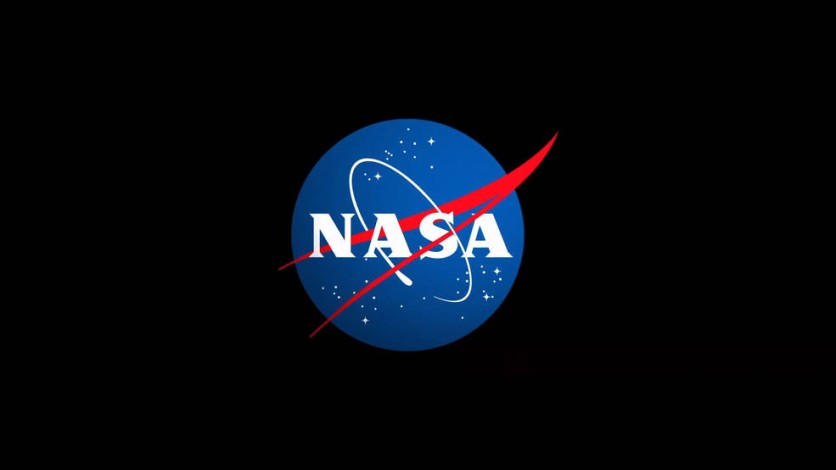NASA has partnered with seven US companies, including industry giants like Blue Origin, SpaceX, and Northrop Grumman, as part of its Collaborations for Commercial Space Capabilities-2 initiative (CCSC-2).
These strategic collaborations aim to advance commercial space-related efforts, benefit human spaceflight endeavors, and bolster the US commercial low Earth orbit economy.

Space Act Agreements
Under unfunded Space Act Agreements, NASA will contribute technical expertise, assessments, lessons learned, technologies, and data to bolster the development of commercial space capabilities.
By leveraging NASA's wealth of knowledge and experience, the agency facilitates the growth of essential capabilities crucial for a thriving low Earth orbit economy, all while minimizing reliance on government resources.
The selected participants in this initiative consist of Blue Origin, Northrop Grumman Systems Corporation, Sierra Space Corporation, Space Exploration Technologies Corporation (SpaceX), Special Aerospace Services, ThinkOrbital Inc., and Vast Space LLC.
Collaborating with NASA, these companies are poised to spearhead groundbreaking advancements in space capabilities and encourage healthy competition within the industry.
The selection process for these partnerships involved evaluating proposals based on the companies' alignment with NASA's goals, the availability of requested resources, and the feasibility of the company's business and technical approach. It is important to note that each party will bear the costs associated with their participation.
Read Also : NASA's James Webb Space Telescope Uncovers Surprising Galactic Discovery in Early Universe
NASA Upcoming/Ongoing Projects With Companies
Each of the selected companies brings a unique project to the table. Blue Origin aims to create an integrated commercial space transportation capability to provide safe, affordable, and frequent access to orbit for crew and other missions.
Northrop Grumman plans to contribute its Persistent Platform, which offers autonomous and robotic capabilities for commercial science research and manufacturing in low Earth orbit.
Sierra Space is collaborating with NASA to establish a commercial low Earth orbit ecosystem, focusing on next-generation space transportation, in-space infrastructure, and expandable and adaptable space facilities.
Special Aerospace Services will develop in-space servicing technology, propulsion, and robotics. Their joint efforts will yield the Autonomous Maneuvering Unit (AMU) and the Astronaut Assist-AMU, facilitating safer assembly of commercial low Earth orbit destinations and enabling in-space servicing, retrieval, and inspection of systems.
On the other hand, SpaceX is working with NASA on an integrated low Earth orbit architecture that encompasses Dragon evolution, Starship development, and constituent capabilities like crew and cargo transportation, communications, and operational support.
ThinkOrbital and NASA have also joined forces to propel the development of ThinkPlatforms and CONTESA (Construction Technologies for Space Applications). ThinkPlatforms, known for their self-assembling nature, are launched as a single unit and serve as expansive orbital platforms.
These platforms play a vital role in conducting in-space research and manufacturing to enable astronaut missions. CONTESA is equipped with cutting-edge technologies such as welding, cutting, inspection, and additive manufacturing.
Vast is also collaborating with NASA on technologies and operations required for its microgravity and artificial gravity stations. This partnership lays the groundwork for the Haven-1 commercial destination, which promises to provide an environment of microgravity conducive to various activities, such as accommodating crew members and fostering in-space manufacturing.
Related Article : NASA Says Sightings of Mysterious Flying Metallic Orbs Are Becoming Frequent; 800 Encounters Already Reported

![Apple Watch Series 10 [GPS 42mm]](https://d.techtimes.com/en/full/453899/apple-watch-series-10-gps-42mm.jpg?w=184&h=103&f=9fb3c2ea2db928c663d1d2eadbcb3e52)



